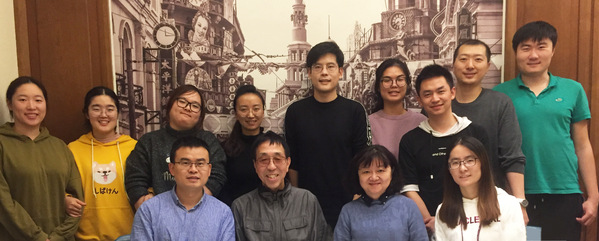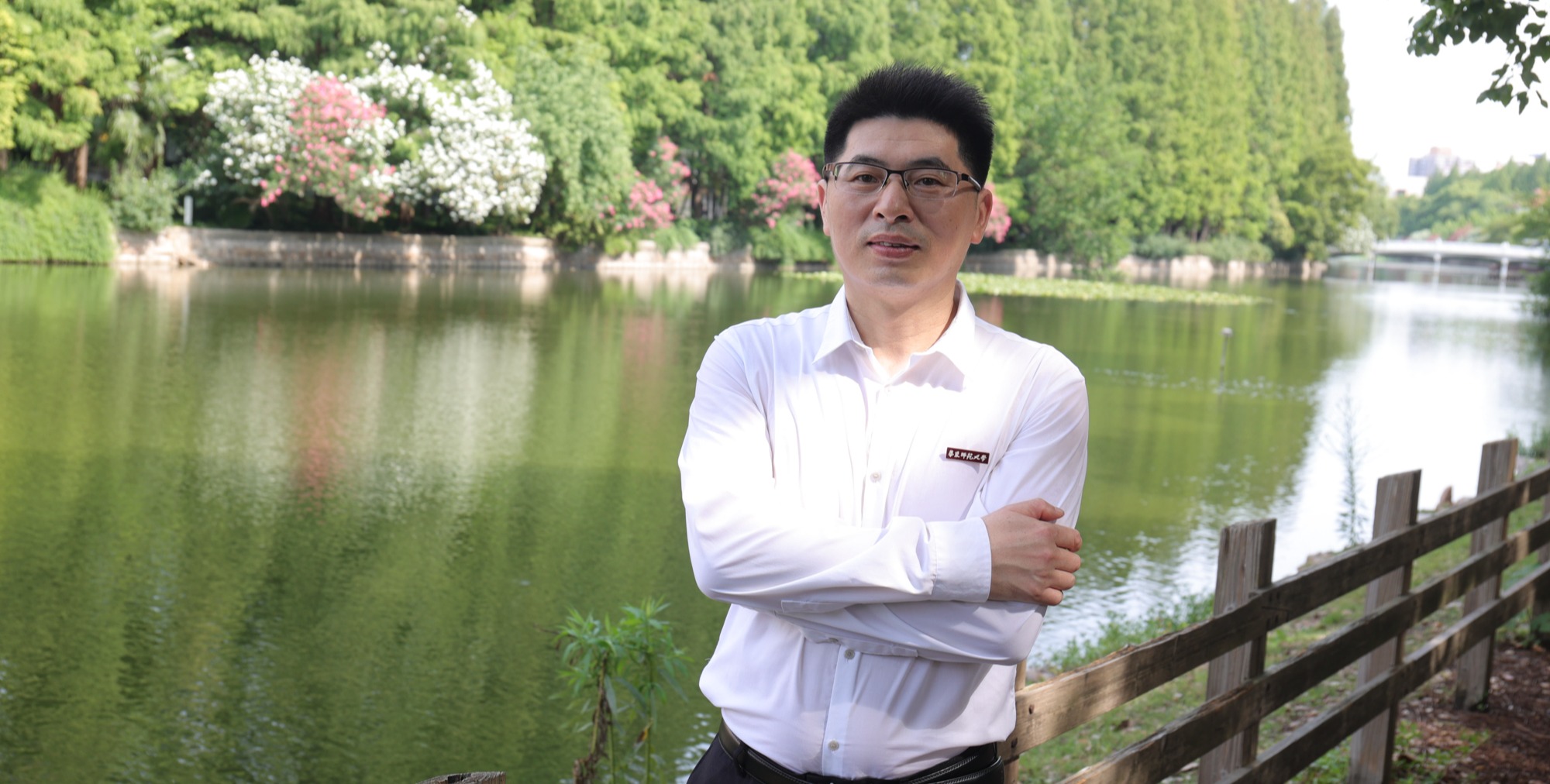On March 23, 2021, the group led by Prof. Ling Xu from the School of Life Sciences of ECNU published a research paper titled “Compartmentalization of melanin biosynthetic enzymes contributes to self-defense against intermediate compound scytalone in Botrytis cinerea” in mBio, a top journal in microbiology. The article revealed the mechanism of compartmentalization of melanin biosynthetic key enzymes in Botrytis cinerea, one of the most important plant pathogenic fungi. East China Normal University (ECNU) is the only completion institute, Dr. Xue Chen, graduate students Chuanxi Zhu and Yantao Na from the ECNU School of Life Sciences are the co-first authors, and Associate Prof. Pinkuan Zhu is the co-corresponding author of this paper. This research was funded by the National Key Research and Development Program (2016YFD0400105) and National Natural Science Foundation of China (32061133006, 31571902, 31972121). (Link to paper: https://doi.org/10.1128/mBio.00007-21).

In filamentous fungi, 1,8-dihydroxynaphthalene (DHN) melanin is a major component of the extracellular matrix, endowing fungi with environmental stress tolerance and some pathogenic species with pathogenicity. However, the subcellular location of the melanin biosynthesis pathway components remains obscure. Using the gray mold pathogen Botrytis cinerea as a model, the DHN melanin intermediate scytalone was characterized to be self-toxic to the fungus via phenotypic and chemical analysis of the mutant lacking scytalone dehydratase Δbcscd1. The Δbcscd1 mutant accumulated scytalone in the culture filtrate rather than in mycelium. Excessive scytalone appears to repress sclerotial germination and sporulation in the Δbcscd1 mutant. The key enzymes participating in melanin synthesis were subsequently fused with fluorescent proteins to observe their subcellular localizations. The BcBRN1/2 enzymes responsible for synthesizing scytalone were localized in endosomes and found to be trafficked to the cell surface, accompanied by the accumulation of BcSCD1 proteins in the cell wall. In contrast, the early-stage melanin synthesis enzymes BcPKS12/13 and BcYGH1 were localized in peroxisomes. Taken together, the results of this study revealed the subcellular distribution of melanin biosynthetic enzymes in B.cinerea, indicating that the encapsulation and externalization of the melanin synthetic enzymes need to be delicately orchestrated to ensure enzymatic efficiency and protect itself from the adverse effect of the toxic intermediate metabolite.
The research group led by Prof. Ling Xu has been focusing on the basic and applied research including the mechanisms of disease development, the postharvest preservation technology, and the rapid detection and early diagnosis of diseases in fruit and vegetable crops. Meanwhile, the team have also studied the regulatory mechanisms of the growth, development and pathogenicity of pathogenic fungi as influenced with light signal and plant hormone ethylene in recent years. Their achievements in these theoretical tsudies have been published in Molecular Plant-Microbe Interactions, Food Chemistry, Postharvest Biology and Technology and other international professional journals of plant pathology, food science and microbiology. Furthermore, the team has also actively strengthened international cooperation over the years. For instance, in 2020, the team was funded by the International Cooperation Program of the National Natural Science Foundation of China to launch “the study on the photobiology-based control and prevention of hazard factors of pathogenic fungi in fruits from the protected cultivation to the post-harvest period” in cooperation with the Norwegian University of Life Sciences in the field of food safety. As Prof. Ling Xu attached great importance to the all-round cultivation of young teachers, Associate Prof. Pinkuan Zhu, a young teacher of the team, was selected and dispatched to Xinjiang by the Organization Department of the Central Committee of the Communist Party of China (CPC) to serve as Deputy Dean of College of Life Science and Technology of Xinjiang University. Therefore, the team is actively exploring the east-west cooperation with scientific research institutes in Xinjiang, so as to contribute to the borderland construction.

Members of the research team led by Ling Xu
Front row from right: Dr. Xue Chen (first author), Prof. Ling Xu, Prof. TOYODA Hideyoshi (Japanese), Prof. Pinkuan Zhu
Back row, the fourth from right: graduate student Chuanxi Zhu (co-first author)
Source: the School of Life Sciences
Editor: Yuan Yiwei


















